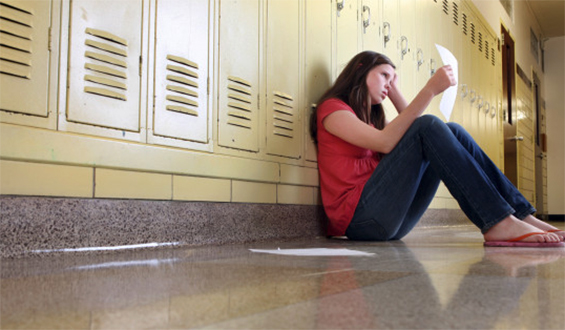Education
Julia Steiny: School Suspensions Model the Wrong Behavior for Students

By Julia Steiny
Last week we looked at reasons why kids misbehave — how sometimes they can’t or they won’t act in community-appropriate ways. Whether it’s a choice for them or not, it’s always a big pain for the people around them.
So this week we’ll look at the most common response to misbehavior, which is best described as a sort of banishment. It’s punishment, yes, but specifically an aggressive cutting-off of being in relation to the offender. Such ways of rejection include belittling, berating, humiliating, isolating, suspending, expelling — basically trying to hurt the kid into compliance. In short, we kick ‘em out.
And it has become such a habit, we do so mindlessly. At least we did until the relatively recent attention to the school-to-prison pipeline. The berating and so forth start before actually suspending the kid, which is the mouth of that pipeline. And while anyone can understand why teachers want disruptive kids removed from class, it’s harder to fathom other unexamined knee-jerk practices such as kicking kids out of school for not being in school.
Schools take offense at bunking, and offense deserves punishment.
In 2012 the fine researcher Robert Balfanz raised the nation’s consciousness regarding chronic absenteeism in the report The Importance of Being in School. “Chronic absenteeism” is defined as missing at least 10% of school time. As officials worked on reducing the problem, they found that kids might be absent less if they ceased to be punished for the offense. In Rhode Island, as elsewhere, students were routinely suspended for skipping school. It’s like a bad joke: If you’re not coming to school, kid, let’s make it official. But no one seemed to notice that kicking kids out of school for not being in school made no sense.
During the 2010-11 school year, more than half of all suspensions in Rhode Island high schools were related to attendance — including skipping class and detention. In 2012-13, the year after RI passed legislation outlawing suspensions for absenteeism, the total number of high-school suspensions of all kinds dropped almost by half.
Kicking people out of school and out of society reflects a community norm.
In theory, tolerance is super-important to American culture. We value inclusion. We welcome diverse people into our community. We want children to share, get along, be accepting of the new kid, the odd kid, the English language learner.
But by our actions, we teach intolerance. By our actions, kids know that when they are offended or harmed, the proper response is to retaliate and inflict some hurt themselves. Yes, they get in trouble, but they see few alternatives modeled for them. Schools and parents get super irate about bullying, and if bullies are caught, or even accused, they get bullied themselves by disciplinarian adults. We teach punishment.
So kids grow up hoping they are on the end of meting out the punishment.
Typically at the beginning of the school year, teachers detail their classroom expectations to the kids, post them on the wall, and explain how they will be enforced. Restorative practices always involve the community’s voice as a whole, because it encourages cooperation. So restorative classrooms create the norms or rules as a class, kids and teacher together. When the kids are asked what consequences might be for violating the class norms they just worked out together, their answers are usually just short of the guillotine, or tar-and-feathering. Even “bad” kids have no empathy for future offenders; they are among the most eager to contribute harsh suggestions. But they’re only parroting back what they learned from adults. They need help dialing back their firm grounding in kick-out techniques to imagine dopier little consequences like doing push-ups or singing a song for 30 seconds.
An acquaintance of mine lives across from a large elementary school. When windows are open during warm days, she hears constant yelling. This is not secret abuse, but acceptable behavior. Though some members of the community may not like it, they don’t complain. The message to the kids is that this is community-appropriate behavior.
Considering that much of the world considers the U.S. to be the land of innovation, our schools suffer a surprising poverty of imagination when it comes to disciplining kids. No evidence supports the efficacy of punishment. And it certainly doesn’t win kids’ cooperation.
Author information
The post Julia Steiny: School Suspensions Model the Wrong Behavior for Students appeared first on Education News.


Comments (0)